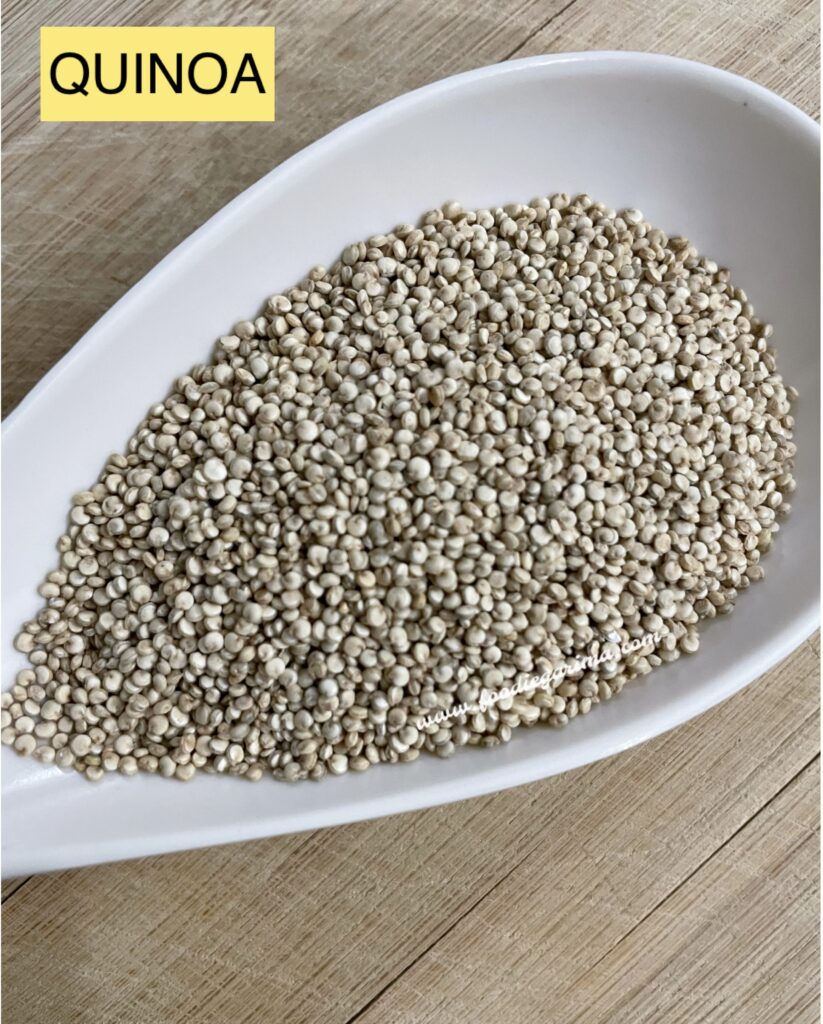7 January, 2025
Pseudo-Cereals: A Modern Superfood Worth Knowing

Pseudo-Cereals
What Are Pseudo-Cereals: A Modern Superfood Worth Knowing
Pseudo-Cereals have been gaining recognition in recent years, especially among health enthusiasts and those with dietary restrictions. While they may not be true Cereals, these Seeds behave like Grains and are packed with nutrients. But what exactly are Pseudo-cereals, and why are they worth adding to your diet? Let’s explore their origins, benefits, and uses in detail.
What Are Pseudo-Cereals?
Pseudo-Cereals are Seeds from non-grass plants that are used like Cereals. Unlike true Cereals, which belong to the Poaceae family (grasses), Pseudo-Cereals come from broadleaf plants. Despite this botanical difference, they share similar nutritional properties and culinary uses.
Popular Pseudo-Cereals
1. Quinoa
- Origin: Andes region in South America.
- Nutritional Highlights: High in protein, contains all nine essential amino acids, gluten-free, and rich in magnesium, iron, and fiber.
- Uses: Quinoa is versatile and can be used in salads, as a rice substitute, in porridge, or as a base for grain bowls.

2. Amaranth
- Origin: Central and South America.
- Nutritional Highlights: High in calcium, iron, and lysine (an essential amino acid), gluten-free, and an excellent source of fiber.
- Uses: Amaranth is often cooked as a porridge, added to soups, or popped like popcorn for snacks.
3. Buckwheat
- Origin: Asia and Eastern Europe.
- Nutritional Highlights: Gluten-free, rich in antioxidants like rutin, and a good source of magnesium and manganese.
- Uses: Used in soba noodles, pancakes, and porridges. Toasted buckwheat, known as kasha, is popular in Eastern European cuisines.
How to Cook and Use Pseudo-Cereals
Cooking Pseudo-Cereals is simple and similar to preparing rice or other grains. Here’s a general guide:
- Rinse: Most Pseudo-cereals, especially Quinoa, should be rinsed thoroughly to remove natural coatings like saponins, which can impart a bitter taste.
- Cook Ratio: Use a 2:1 water-to-grain ratio for most varieties. Bring to a boil, reduce heat, and simmer until tender.
- Versatility: Use them in:
- Salads
- Soups and stews
- Breakfast porridges
- Gluten-free baking (amaranth and buckwheat flour)
Pseudo-Cereals vs. True Cereals
| Feature | Pseudo-Cereals | True Cereals |
|---|---|---|
| Plant Family | Non-grasses | Grasses |
| Protein Content | Higher | Moderate |
| Amino Acids | Complete in many Pseudo-cereals | Often lacking certain amino acids |
| Gluten-Free | Yes | Only some (e.g., rice, corn) |
| Nutrient Density | Higher | Moderate |
Culinary Inspirations with Pseudo-Cereals
- Quinoa Salad: Mix cooked quinoa with fresh veggies, olive oil, and lemon juice.
- Amaranth Porridge: Simmer amaranth with milk and top with honey and fruits.
- Buckwheat Pancakes: Use buckwheat flour for gluten-free pancakes or crepes.
Incorporating Pseudo-Cereals into Your Diet
- Substitute for Rice or Pasta: Replace white rice or pasta with quinoa or amaranth for a healthier option.
- Bake with Buckwheat Flour: Use it in gluten-free baking recipes.
- Add to Soups and Stews: Enhance texture and nutrition by adding pseudo-cereals.
Nutritional Profile of Pseudo-Cereals
Pseudo-cereals are celebrated for their exceptional nutritional value:
- Protein: They have higher protein content than most true cereals, making them excellent for vegetarians and vegans.
- Essential Amino Acids: Unlike cereals, pseudo-cereals often provide complete proteins.
- Fiber: They support digestive health and promote satiety, aiding in weight management.
- Gluten-Free: Ideal for those with gluten intolerance or celiac disease.
- Rich in Micronutrients: Contain significant amounts of iron, magnesium, potassium, and B-vitamins.
Health Benefits of Pseudo-Cereals
- Improved Digestive Health: The high fiber content promotes gut health by supporting healthy digestion.
- Heart Health: Pseudo-cereals like quinoa and buckwheat are known to lower bad cholesterol levels and improve heart health.
- Blood Sugar Regulation: Their low glycemic index helps in managing blood sugar levels, making them suitable for diabetics.
- Weight Management: The combination of protein and fiber keeps you feeling full longer, reducing overall calorie intake.
- Bone Health: Nutrients like calcium and magnesium contribute to stronger bones.
Pseudo-cereals are a nutritional treasure trove that offers versatility, sustainability, and health benefits. Whether you’re looking to diversify your diet, explore gluten-free options, or embrace superfoods, pseudo-cereals like quinoa, amaranth, and buckwheat are excellent choices. Incorporating these seeds into your meals not only boosts your health but also contributes to a more sustainable food system.
FAQs
1. What are Pseudo-Cereals?
Pseudo-Cereals are Seeds from non-grass plants that mimic Cereals in usage and nutritional profile.
2. Are Pseudo-Cereals better than true Cereals?
Pseudo-Cereals often have higher protein and nutrient density, but both are beneficial when included in a balanced diet.
3. Are Pseudo-Cereals gluten-free?
Yes, Pseudo-Cereals like quinoa, amaranth, and buckwheat are naturally gluten-free.
4. Can Pseudo-Cereals be used in baking?
Absolutely! Pseudo-Cereal flours like buckwheat and amaranth are excellent for gluten-free baking.

Recipes Link https://foodiegarima.com/blog-3/